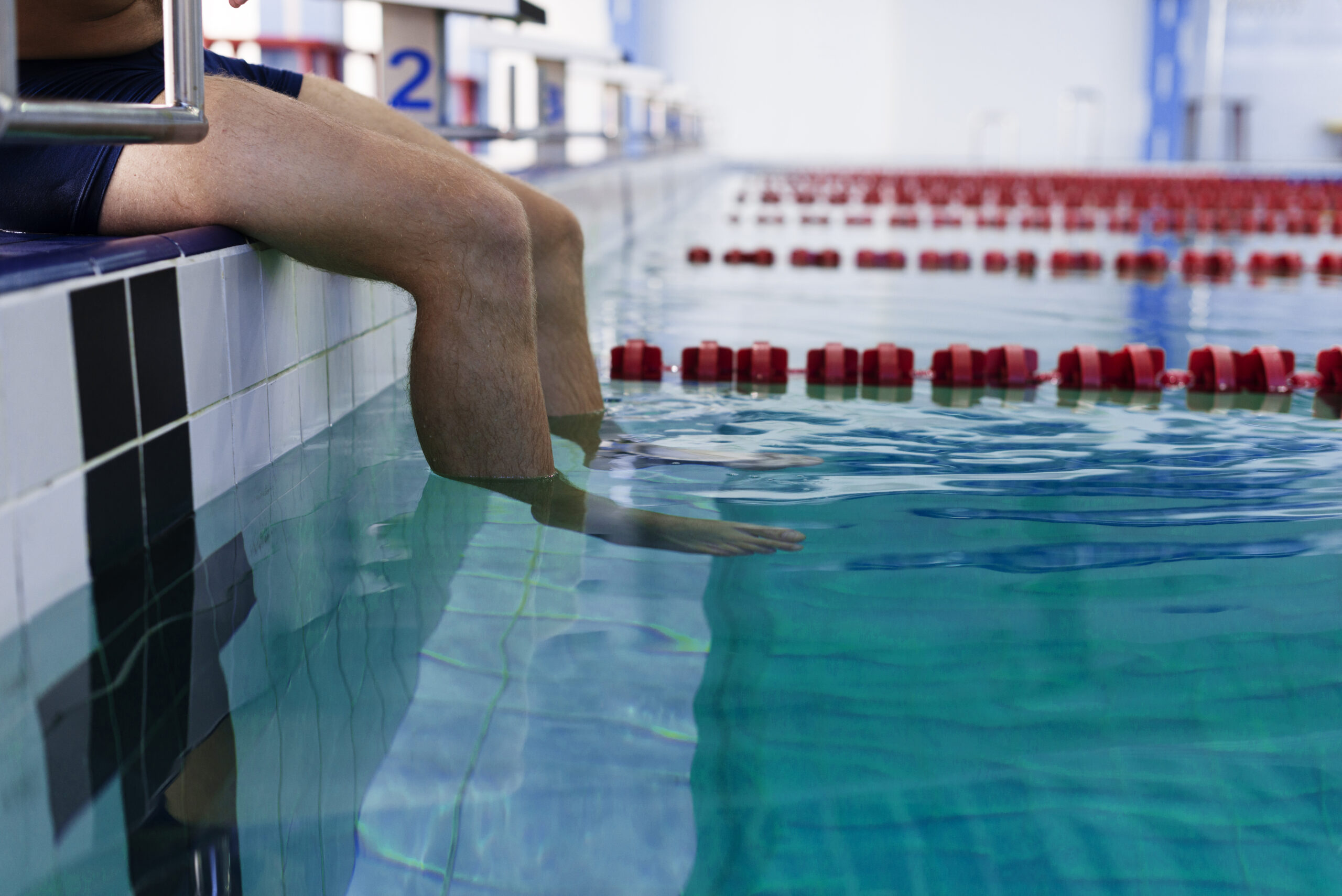
Synchronized swimming is often described as “ballet in the water” due to the graceful and elegant movements and careful choreography involved. It is a sport that blends artistry, flexibility, and athleticism as swimmers perform synchronized routines featuring intricate lifts, spins, and acrobatics in the water. One of the key techniques that allows synchronized swimmers to execute such complex moves and routines fluidly underwater is known as sculling. In this article, we will thoroughly explore the intricacies and nuances of sculling techniques utilized in synchronized swimming. We will examine how mastering various sculling methods enables swimmers to achieve stability, control, and creative hybrid moves for truly mesmerizing performances.
The Art of Sculling: Mastering Controlled and Precise Hand/Arm Motions
Sculling refers to the use of hands and arms to generate controlled, sustained, and precise movements through the water without propulsion. In synchronized swimming, sculling techniques are absolutely essential for maintaining balance, achieving height, and keeping graceful postures when upside down, vertical, or upside down in the water. There are several distinct types of sculls including support sculls, headfirst sculls, and twist sculls, each serving a unique purpose.
| Type of Scull | Purpose | Hand/Arm Motion |
|---|---|---|
| Support Sculls | Provide anchorage and balance in upright/vertical positions | Alternating fluid figure 8 motions |
| Headfirst Sculls | Stabilize body when head is submerged facing down | Small, sustained sculling motions close to body |
| Twist Sculls | Initiate and maintain steady body rotations | Asymmetric sculling for controlled torsion |
Mastering the subtle nuances and intricacies of these foundational sculling techniques provides synchronized swimmers with the core abilities required to develop strength, balance, control, and grace as they move through their routines. The fluid, sustained arm and hand motions utilized in sculling also greatly contribute to the beauty, elegance, and fluidity of synchronized swimming performances.
Innovative Sculling Sequences for Creative Synchronized Routines
Beyond mastering the basic sculling techniques, elite synchronized swimmers also rely on innovative sculling sequences to produce more complex and creative moves in the water. Linking together sculling techniques in new ways allows swimmers to smoothly transition between positions and lifts.
Stacking multiple support sculls while intermixing headfirst and surface sculls gives swimmers the ability to gracefully achieve poses like the ballet leg sequence. This is where they remain completely stationary with control, either crouched balanced on the water’s surface or fully vertical with both legs extended in a split above them. The core strength and sustained endurance required for properly executing such moves comes from continuously fluidly switching between and blending various sculling techniques.
Creative twist sculling combinations enable synchronized swimmers to keep their heads up and execute continuous and controlled spins and rotations while holding difficult body positions. The asymmetry and variations in the size and tempo of the hand motions generates and maintains the required rotational torque and control.
Sculling handholds allow the swimmers to grasp each other’s hands underwater, providing anchors to gracefully lift themselves up and out to perform stunning acrobatics and poses at the surface. The swimmers use complementary sculling motions with their free hands and meticulous leg movements to maintain balance and control during the ascent and lifts.
By innovatively integrating and blending various sculling techniques in new ways, elite synchronized swimmers can create unique hybrid moves that seamlessly fuse traditionally difficult body positions and transitions. This provides tools for choreography and artistry that push past prior limits of what was thought possible in synchronized swimming, both aesthetically and athletically.
The Demand for Flawless Sculling Execution and Synchronization
At the highest competitive levels, perfectly synchronized and flawlessly executed sculling sequences can mean the difference between gold and silver. The immense technical skill, muscle control, timing, finesse, and synchronous movements required to perform such coordinated sculling are exceptionally demanding.
Hundreds of hours of rigorous training are absolutely necessary to develop the full leg, core, shoulder, and arm muscular strength and endurance required for sustained and repeated sculling motions. The swimmers must also cultivate an acute spatial awareness and ability to subtly adjust sculling speed, force, and balance in immediate response to their partners’ positioning and timing.
Even a minor mistiming or lack of synchronization during sculling transitions will throw off body alignment and lead to visible wobbling or uncontrolled drifting – detrimental execution errors that can costs points during judged competitions. That is why competitive synchronized swimmers dedicate so much time to drilling and perfecting sculling techniques, their form, muscle control, and split-second synchronization.
By building up these flawless sculling skills as a synchronized team, swimmers earn the body control, sustained balance, and fluid finesse necessary to captivate audiences and impress judges as they perform their aquatic ballet.
To summarize, while sculling motions appear subtle and effortless, they require immense strength, timing, finesse and muscle control to perform properly and synchronize effectively. Mastery of sculling techniques provides the critical foundation synchronized swimmers need for stability, balance, controlled rotations, and unique hybrid moves. Creative innovation in chaining sculling sequences enables stunning lifts, spins, and novel poses. At the Olympic level, hundreds upon hundreds of hours are poured into perfecting flawless sculling execution for picture-perfect synchronization and maximum artistic expression. The hypnotizing fluidity that characterizes elite synchronized swimming emerges from dancers harnessing advanced sculling techniques to transform necessary athletic movements intogravitas-defying artistry.